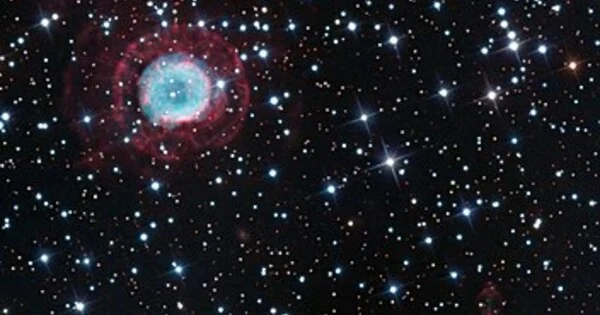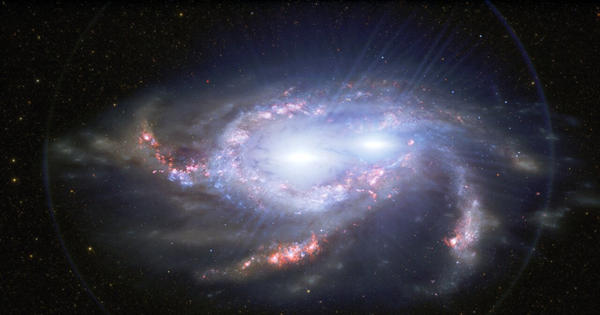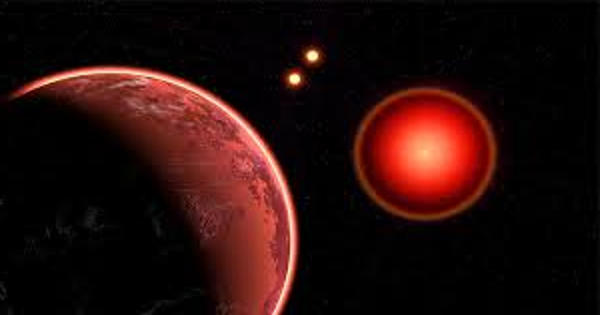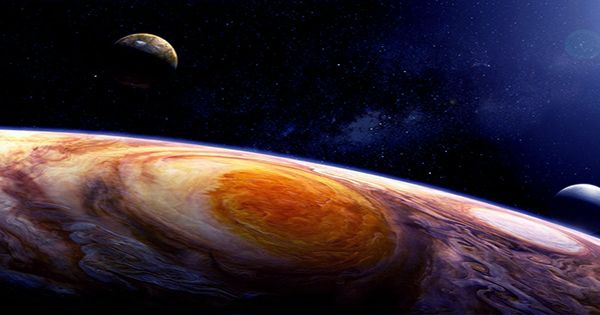The Calabash Nebula, also known as OH231.8+4.2, is a planetary nebula located in the constellation of Puppis. It got its nickname “Calabash Nebula” because of its distinctive shape that resembles a calabash gourd. The Calabash Nebula is one of the youngest planetary nebulae known and is still in the process of shaping and evolving. It is located about 5,000 light-years away from Earth.
It is a planetary nebula located in the constellation of Puppis. It is named for its unique, gourd-like shape. It was formed when a sun-like star reached the end of its life and expelled its outer layers into space. The outer layers, now glowing with ultraviolet light, are shaped by the strong winds and radiation from the central star. It is one of the most recently discovered planetary nebulae and one of the most complex in terms of its structure and evolution.
The nebula is formed from the outer layers of a dying star that have been expelled into space, and it is illuminated by the intense ultraviolet radiation from the star’s hot core. A detailed image from NASA’s Hubble Space Telescope shows violent gas collisions that produced supersonic shock fronts in a dying star.

Because of its high sulphur content, the object is sometimes referred to as the Rotten Egg Nebula. The nebula’s densest regions are made up of material ejected recently by the central star and accelerated in opposite directions. This material, depicted in yellow in the image, is moving at speeds of up to 1.5 million kilometers per hour (one million miles per hour). The bipolar gas structures now contain the majority of the star’s original mass.
A team of Spanish and American astronomers used NASA’s Hubble Space Telescope to study how the gas stream, shown in blue, rams into the surrounding material. Such interactions, they believe, dominate the formation process in planetary nebulae. Because of the gas’s high speed, shock-fronts form on impact and heat the surrounding gases. Despite the fact that computer calculations had predicted the existence and structure of such shocks for some time, previous observations had failed to prove the theory.
The blue gas at each end of the gaseous outflow indicates where the fast gas is colliding with material in the surrounding environment. The violent collisions generate shock fronts that heat the material to the point of glowing. Although computer simulations predicted the existence of such shock fronts, observations prior to Hubble did not provide sufficient evidence to make a definitive identification.
Astronomers rarely see a star at this stage of its evolution because it happens in the blink of an eye — in astronomical terms, that is. Despite the fact that stars live for billions of years, the ejection of material as they die only takes thousands of years.
















